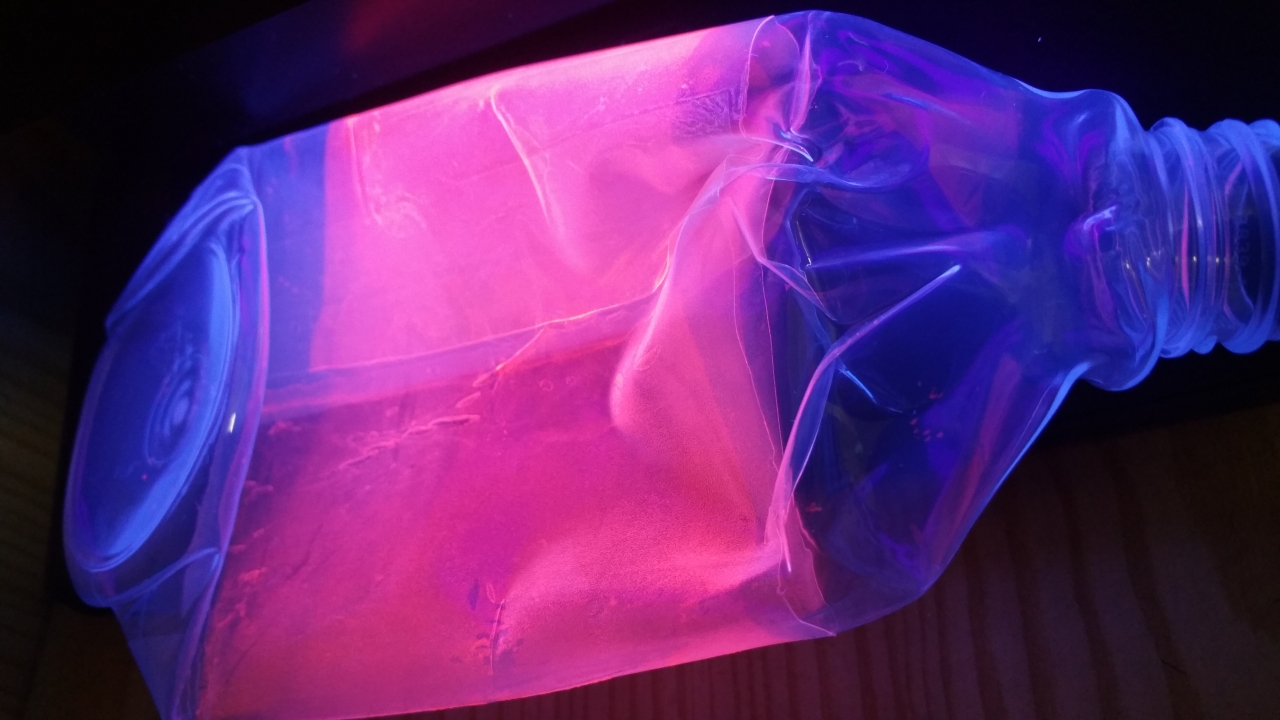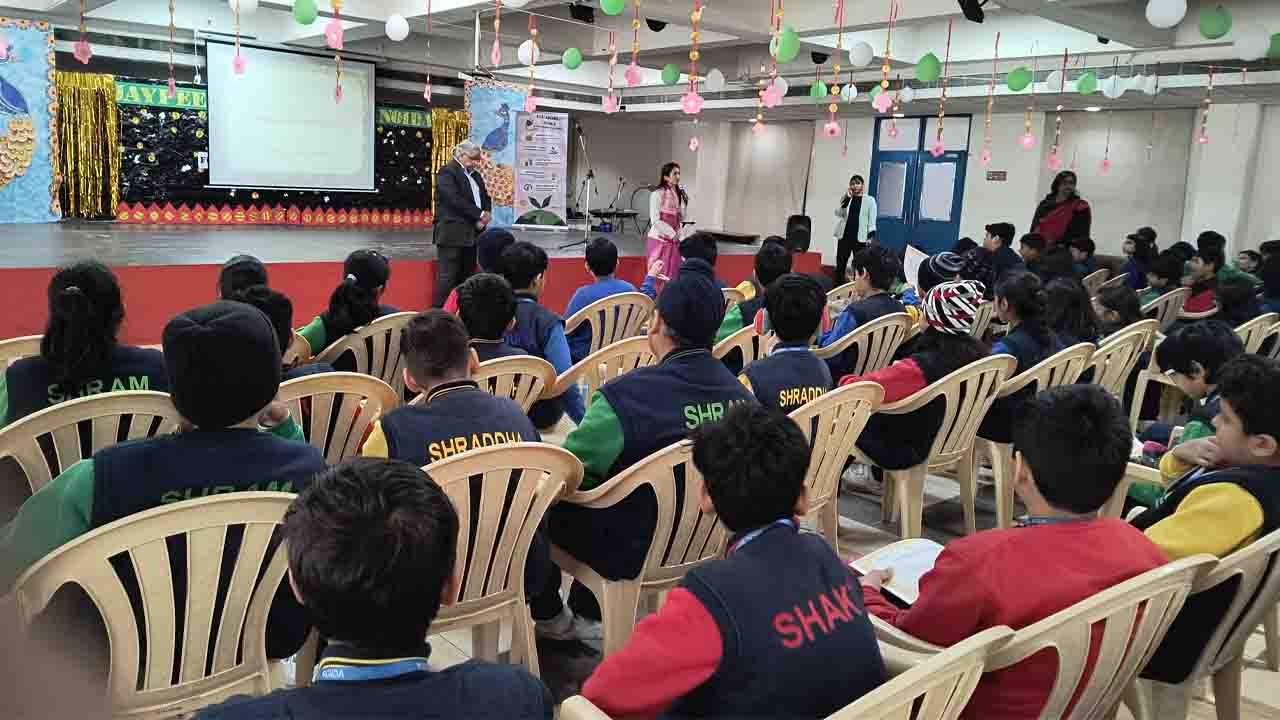Invisible markers to boost plastics recycling quality
A high-level consortium, which includes CCL Label and Mirage Inks, has won recognition and funding from the British government innovation agency Innovate UK for its project to identify new luminescent materials which can be applied, invisibly, to labels on plastic packaging.

The project, Plastic Packaging Recycling using Intelligent Separation technologies for Materials (PRISM), has secured 772,000 GBP (1.1million USD) of funding over two years. As well as Innovate UK, part of the funding is contributed by the Engineering and Physical Sciences Research Council (EPSRC) and by matching funding from the commercial partners. The PRISM project will develop new fluorescent materials from novel metal oxides as well as converting reprocessed powders from recycled fluorescent lamps into suitable fluorescent materials.
The full list of partners is: Nextek (Project Lead), Brunel University London, Tomra Sorting, CCL Label, Mirage Inks, WRAP, Evolve Polymers, Johnson Matthey and Enlightened Lamp Recycling (ELR). The fluorescent marking technology is one of the most important developments in sorting in decades, according to recycling consultancy and lead partner in the project Nextek.
‘This could be the equivalent of an invisible barcode for plastics recycling,’ said Prof Edward Kosior, managing director of Nextek. ‘It is a significant step forward in the sub-categorization of plastics which are sorted automatically at high speed. It enables new initiatives from brand-owners eager to recover their packaging as part of the circular economy. Of course, it also provides a massive impetus for new businesses in the recycling sector.’
The technology partners are claiming excellent initial results thanks to research projects led by waste and resources charity WRAP. WRAP worked with Nextek to carry out the first phase that focused on the identification and separation trials, achieving 98 percent yield and 95 percent purity. The second phase is looking at further optimization of the system, including new fluorescent compounds, how they react through the supply chain and if the markers get completely destroyed after reprocessing. The fluorescent label sorting system is designed to be integrated with the current near infra-red (NIR)-based sorting systems used in materials recovery facilities (MRFs). While NIR retains its important role in identifying the different polymers, this system would be triggered by an ultraviolet (UV) light source that is detected in the visible spectrum. This is within the capacity of many modern automatic sorting units. The UV light adds an additional, high-value layer of sorting. PRISM technology captures the unique code created by the normally invisible application-specific luminescent compounds in the label.
This will allow, for instance, food-grade polymers to be distinguished from non-food-grade, black plastics to be identified and full-length shrink-sleeves to be tagged according to the underlying plastic. Brand-owners could even establish closed-loop collection of specific packaging formats.
WRAP packaging program area manager Claire Shrewsbury said: ‘The new technology could help boost recycling plant yields, and UK plastics recycling as a whole, with more efficient ways of sorting materials such as polypropylene (PP) packaging, high density polyethylene (HDPE) milk bottles and sleeved polyethylene terephthalate (PET).’
Prof Rafi Ahmad, formerly of Cranfield University but now working with Nextek, first researched fluorescent markers in the 1970s. He said: ‘With UK recycling targets for plastics set to rise by 2017, the country needs to do much more to optimize collection and sorting. With the PRISM technology, different combinations of a limited number of fluorescent pigments used on labels, open up cost-effective routes to high-grade sorting.’ Because the luminescent pigments are applied to a range of labels and sleeves, they are removed before the downstream recycling process, avoiding any risk of contamination in the next cycle of application.
Among the PRISM project partners are label and sleeve converter CCL and inks specialist Mirage Inks. Johnson Matthey, with its focus on sustainable technologies, is investigating benign, non-rare-earth metal oxides that are safe, plentiful and provide distinctive UV signatures. ELR’s niche is the collection and recycling of fluorescent lights and tubes and the treatment of industrial, clinical and electrical mercury wastes and they have begun co-operation with the participants of PRISM in the development of new marker materials.
The automated separation systems can be retrofitted to existing MRF layouts and will run at the same high speeds already achieved by modern plants. In future, NIR and UV-based segregation would be integrated into a single sorting station. PRISM partners estimate that fluorescent inks would only add a minimal cost to the labels. The concept of fluorescent markers could also be applied to the different plastics in the Waste Electrical and Electronic Equipment (WEEE) and automotive recycling streams. In fact, plastics might not be the only recyclable materials to benefit from the technology.
Stay up to date
Subscribe to the free Label News newsletter and receive the latest content every week. We'll never share your email address.

